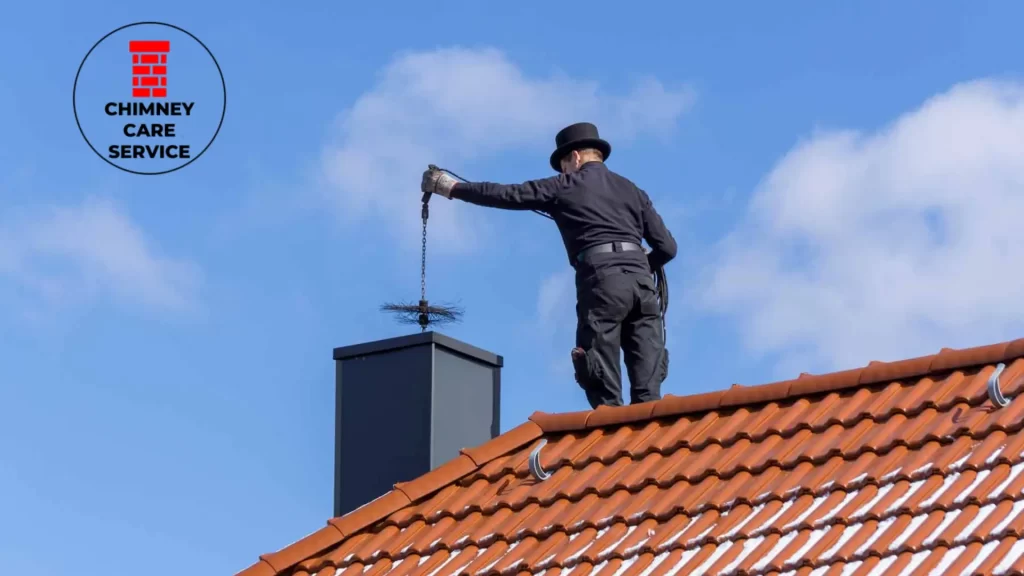Regular chimney care is essential for keeping your home safe and ensuring the longevity of your chimney. Over time, soot, creosote, and other debris can build up, increasing fire risks and obstructing airflow. This guide covers everything you need to know about effective chimney cleaning and maintenance practices.
Why Routine Chimney Care Matters
Chimneys are exposed to various elements, from smoke and soot to weather conditions, which can gradually degrade their structure. Routine chimney care not only helps in preventing blockages but also keeps hazardous creosote buildup in check. Regular maintenance helps detect issues early, reducing repair costs and ensuring your chimney remains a safe part of your home.
Essential Chimney Cleaning Techniques
Inspecting and Removing Creosote Buildup
Creosote, a byproduct of burning wood, builds up inside the chimney lining and is a primary fire hazard. As part of regular chimney care, schedule inspections to check for creosote levels. Cleaning involves using specialized brushes to remove layers of creosote and soot, which can be a challenging task best handled by professionals to ensure safety.
Clearing Debris and Obstructions
Leaves, branches, and even animal nests can obstruct your chimney, affecting its functionality. An important aspect of chimney care is regularly clearing out such debris, especially during the fall. Proper cleaning improves airflow and reduces the risk of blockages that could result in dangerous carbon monoxide buildup.
Maintaining Chimney Components
Aside from cleaning, chimney care includes maintaining its structural components, such as the flue, cap, and crown. These parts protect the chimney from weather damage, help control airflow, and prevent animals from entering. Regular inspections and prompt repairs are essential to keep each component in optimal condition.
Flue Inspection and Repair
The flue is the passageway that allows smoke and gases to exit the home. A damaged or cracked flue can lead to leaks, reducing efficiency and increasing health risks. Regularly inspect the flue for signs of wear and tear, and consider annual inspections to ensure safety and longevity in your chimney care routine.
Keeping the Chimney Cap and Crown in Good Shape
The chimney cap and crown serve as barriers against weather elements. Cracks or gaps in these components can lead to moisture damage, weakening the structure. Inspect these parts regularly to avoid costly repairs and improve overall chimney care.
Tips for Efficient Chimney Care
To keep your chimney in top shape, establish a consistent cleaning and inspection schedule. Aim for at least one comprehensive cleaning per year, ideally before the colder months. Additionally, burning seasoned wood can reduce creosote buildup, making it an effective addition to your chimney care practices.
Investing time in proper chimney cleaning and maintenance helps preserve your chimney’s functionality, enhances safety, and contributes to a warm, secure home environment. With these essential chimney care practices, you can keep your chimney running smoothly for years to come.
Learn more about Chimney cleaning:
Seasonal Chimney Care: Essential Maintenance Tips for Every Homeowner

